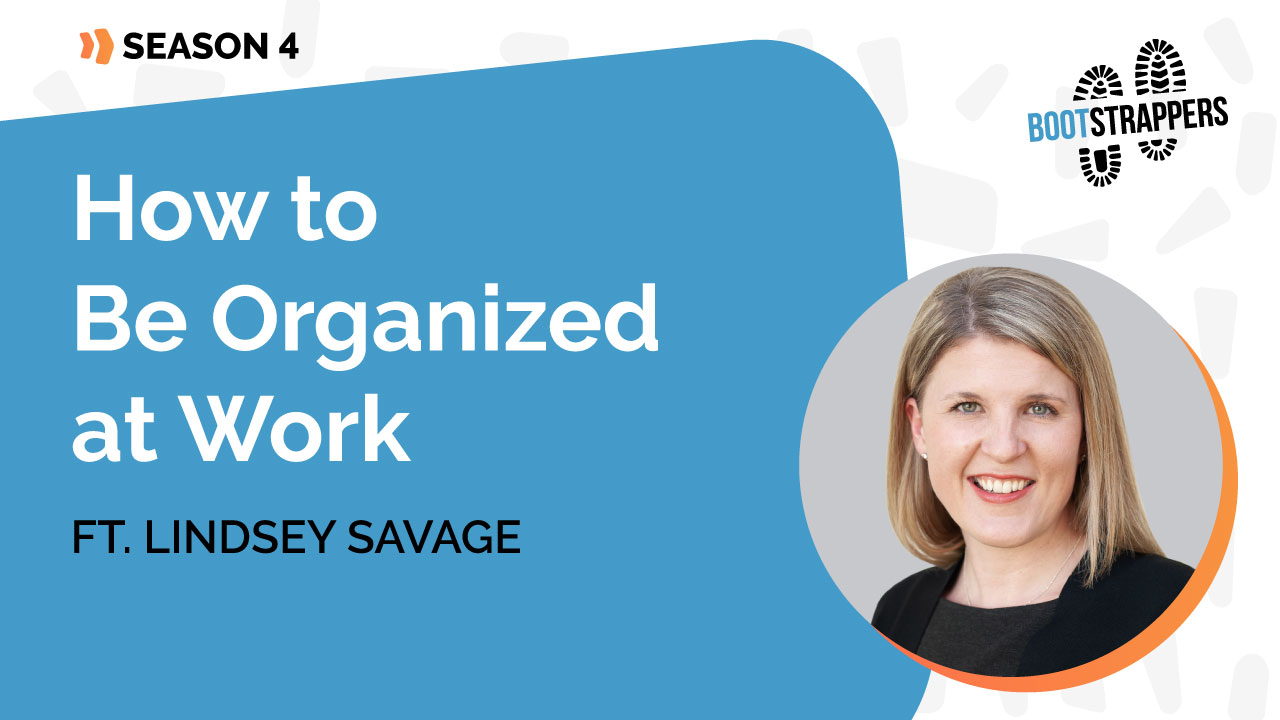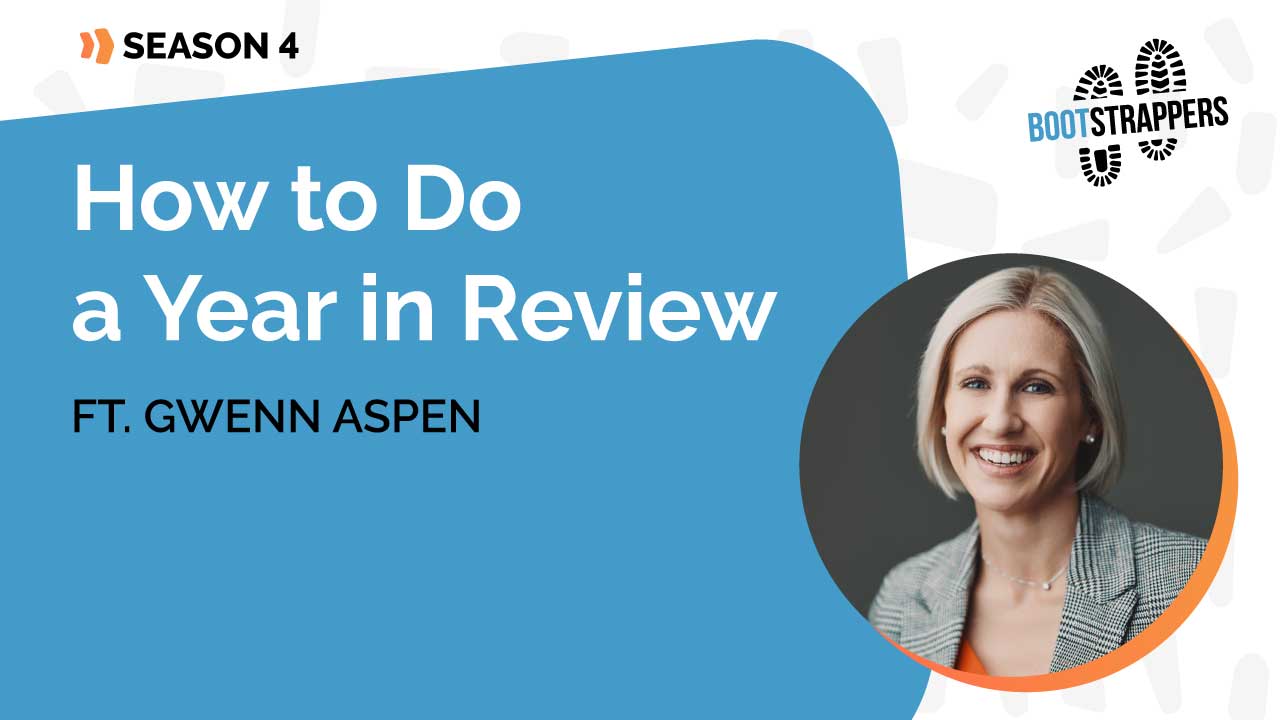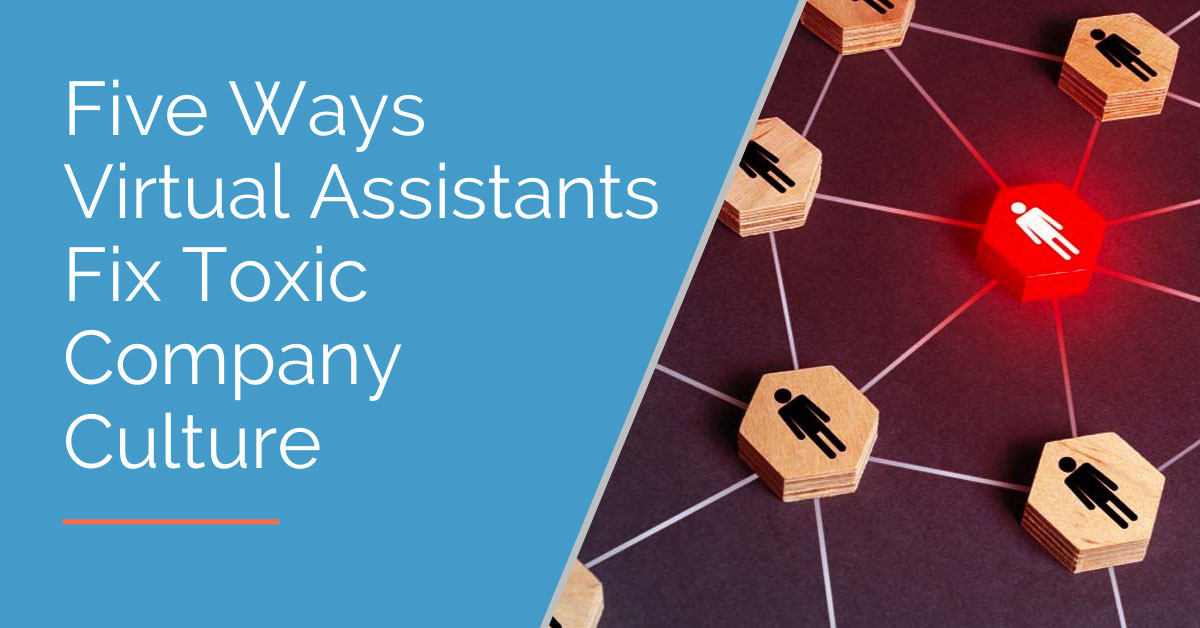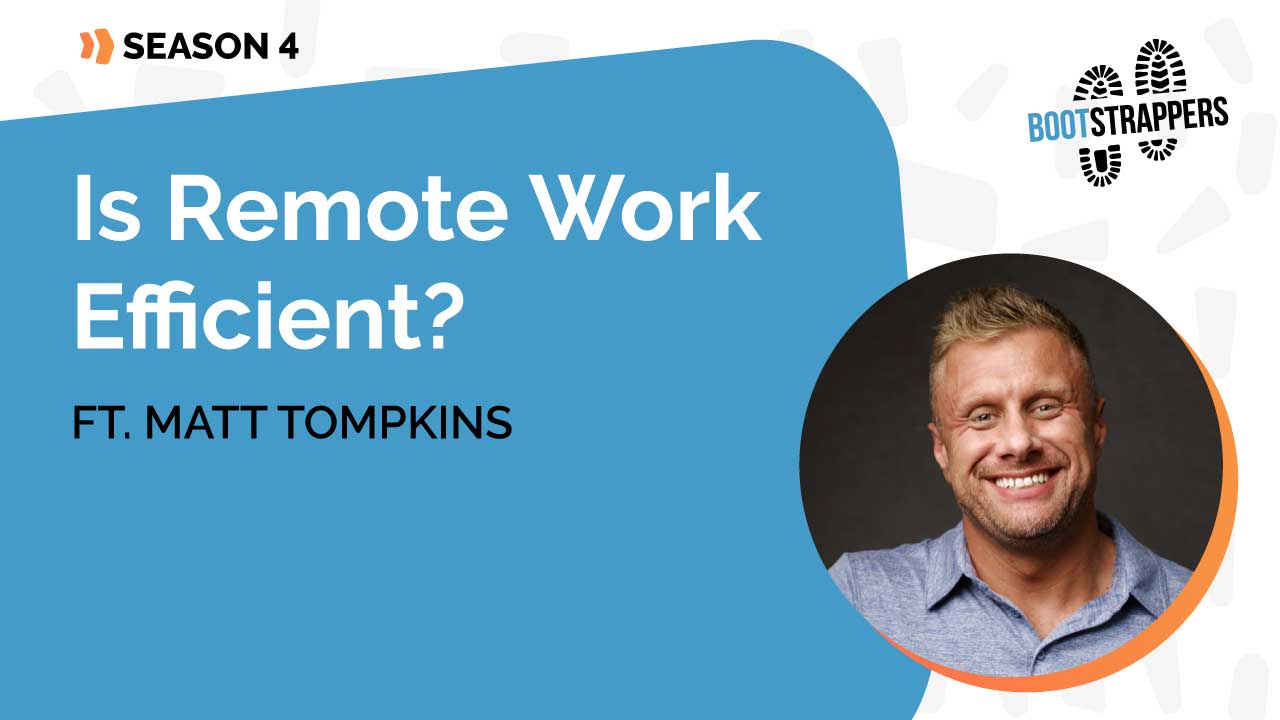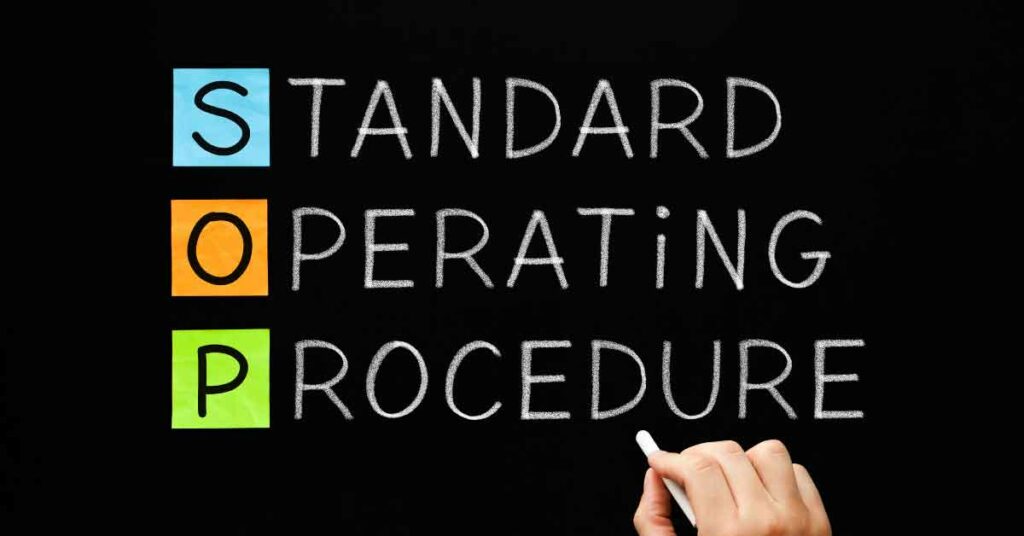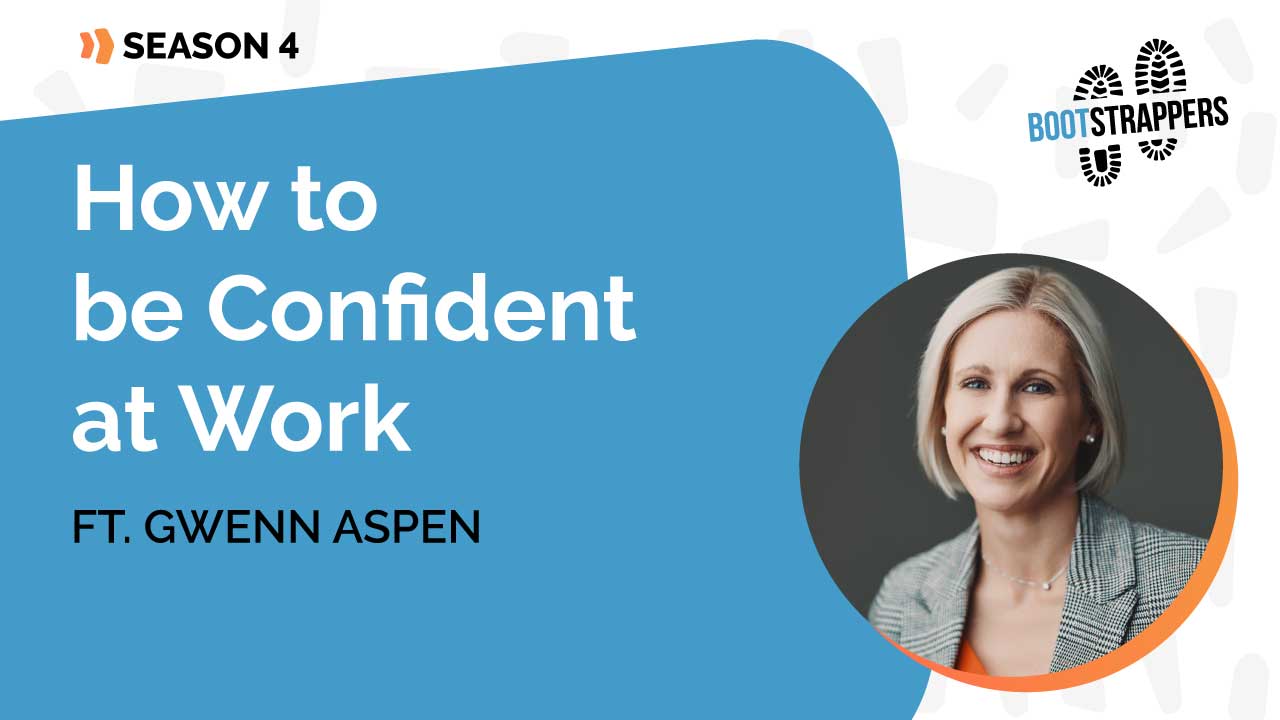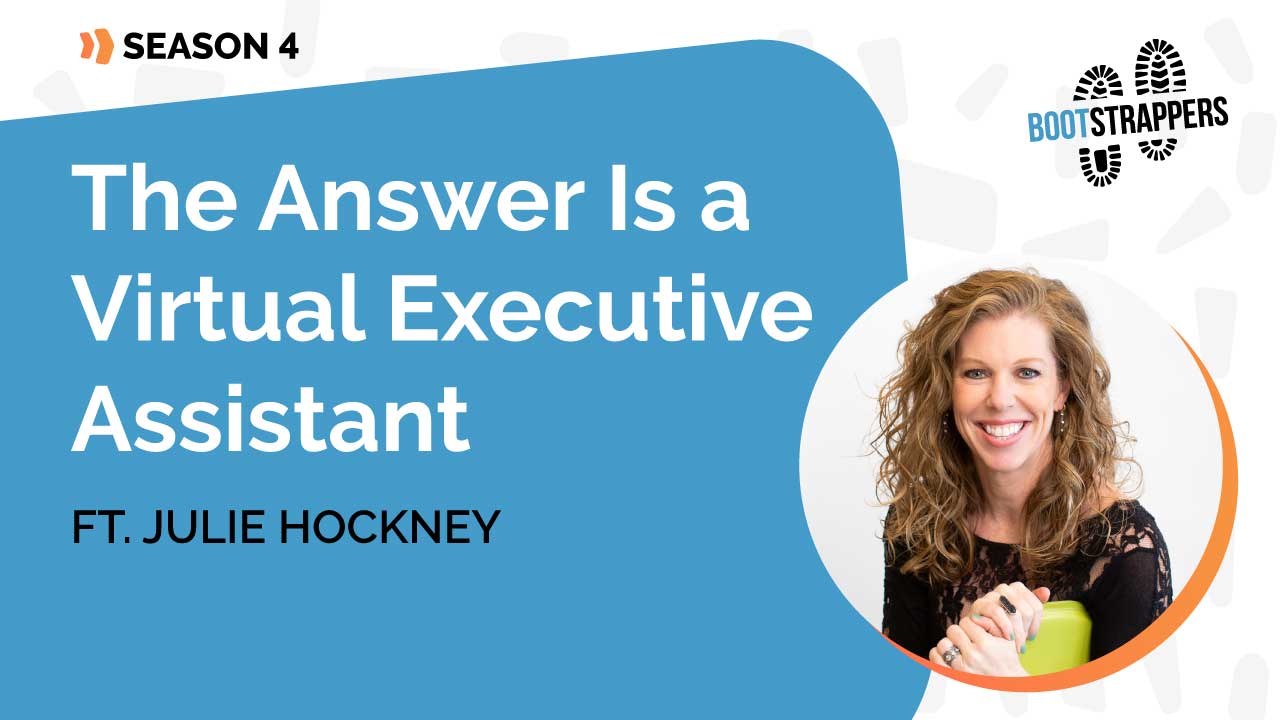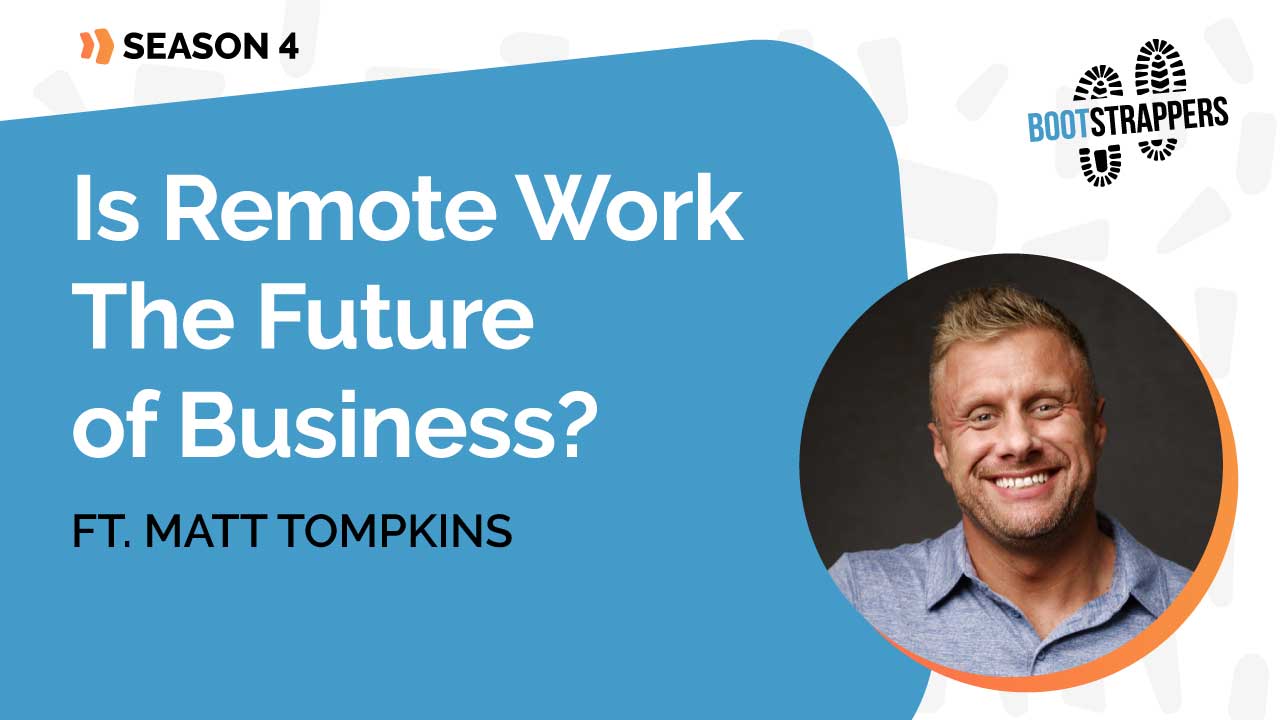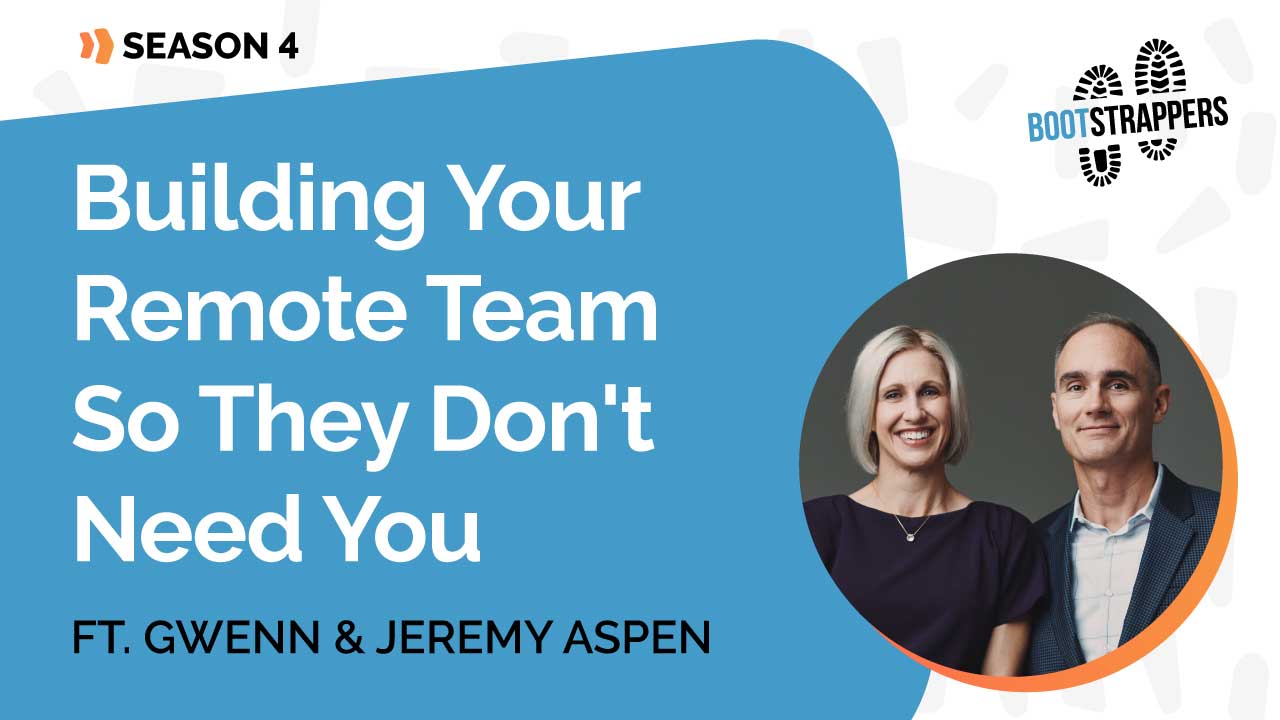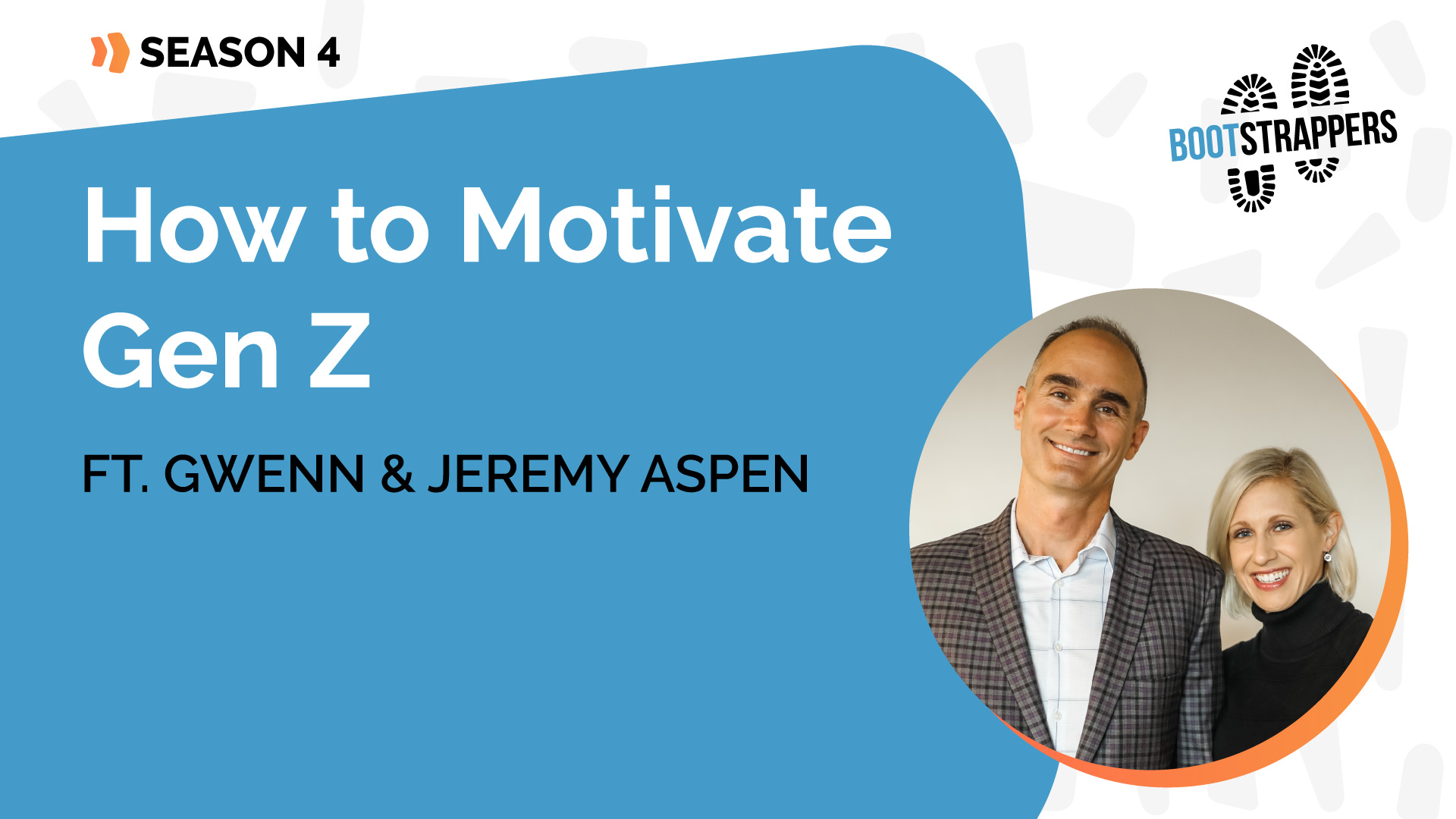Be Highly Organized and Efficient in 2024
How can you become highly organized and efficient at work this 2024? What can you start implementing right now to start seeing the results you want?
Whether you are a busy mother, an entrepreneur, or both, you have probably encountered those moments where to-dos become impossible, and there is just way too much on the table.
How do you manage to do everything you need to do? In this Bootstrappers episode, Gwenn Aspen is joined by Lindsey Savage, a mother of three, executive for a Fortune 500 company, and the president-elect of the National Conference of Women’s Bar Associations.

Why is “Organized and Efficient” Good
Lindsey is a full-time mom and a very successful woman; for her, staying on track and accountable while spending quality time with her family is essential.
Without a doubt, achieving this balance would be impossible if Lindsey was not organized and efficient.
These traits are crucial to allow her to manage her time effectively, ensuring that no task is neglected.
These are the 3 tips for a highly organized and efficient life:
- Prioritizing
- Outsourcing
- Simplifying
So, why are these traits so desirable, and how can you put them into practice?
Prioritizing
Prioritizing is about making conscious decisions on what takes importance at any given moment.
This involves evaluating tasks based on their urgency, importance, and impact on your overall goals.
Remember: you can do anything, but you can’t do everything.
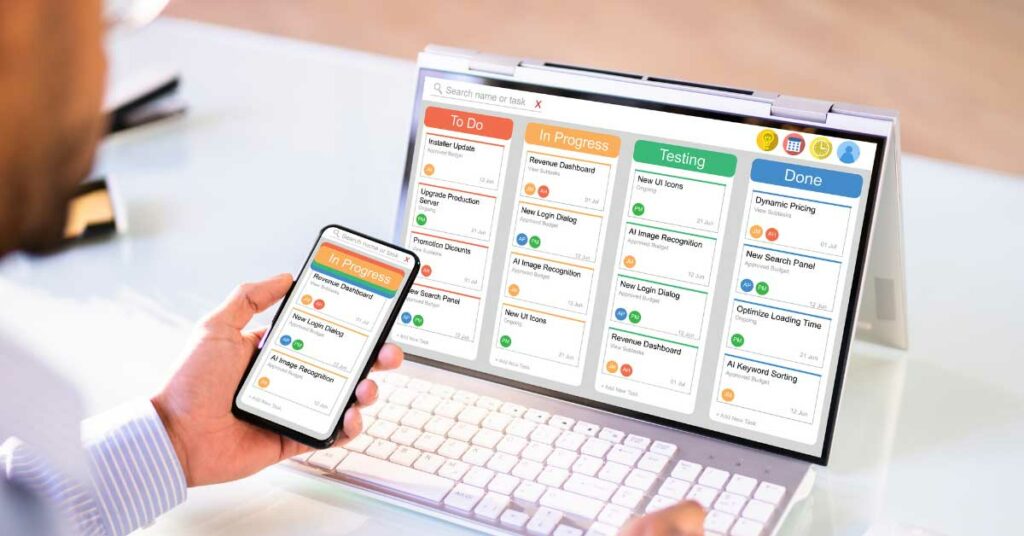
How to Start Prioritizing
Start by listing all your tasks or to-dos. Then, rank them based on the importance they have to you or your goals.
Tackle the high-priority tasks first and move down the list as you complete each task.
Outsourcing
Outsourcing is another vital tool for efficiency. It’s about delegating tasks where you need more help or that others can do equally well or better, allowing you to focus on areas where your skills and talents are much needed.
Lindsey, for example, has maintained productivity and efficiency with the help of an Aupair; this doesn’t mean she isn’t taking care of her kids, but that she is getting the help she needs and delegating time-consuming tasks to improve her quality time with her family.
How to Outsource the Right Way
To implement outsourcing, identify tasks that don’t necessarily need your personal touch or can be done without you needing to be there.
These could be routine chores, administrative tasks, or even specific work projects.
Delegate these tasks to someone in your team, hire help, or use digital tools and services.
Remember, outsourcing isn’t about shirking responsibilities; it’s about smartly managing your resources.

Simplifying
When we are talking about productivity, organization, and efficiency, simplifying means eliminating unnecessary complexities in your life and work.
Whether it’s decluttering your physical space, streamlining your schedule, or reducing the number of decisions you need to make daily.
Reduce unnecessary stress! Make things as simple as possible!
Start Simplifying Your Life
Regularly assess what’s working and what’s not in your life. Remove items, tasks, and even relationships that cause more stress than they’re worth.
You can also automate routine tasks where possible and create routines that minimize decision fatigue.

Extra Tips for a Highly Organized and Efficient Life
Once you have embraced the benefits of simplifying, prioritizing, and outsourcing in your life, what extra can you do to keep the efficiency streak going?
These are some of the things Gwenn and Lindsey do on a regular basis to keep an organized workflow and life.
Advance Planning
Strategy and advance planning are the best ways to keep on track of your goals. Adopt a proactive approach by planning one to two years ahead of time.
This type of long-term planning allows you to identify potential challenges, set realistic timelines, and allocate resources more effectively.
One Big Thing at a Time
Focus on one big project at a time! Concentrating on one major project at once ensures maximum productivity and efficiency.
For Lindsey, her big project was the National Conference of Women’s Bar Associations. This was something that she was intentional about and good at.
Focusing on a single large-scale task allows you to channel all your energy and resources into it, leading to better outcomes.

Learn to Say No
While it may be challenging to turn down requests or opportunities, remember that your time and energy have a limit.
By saying no to less important tasks, you can focus on your top priorities without becoming overwhelmed.
Stay Highly Organized and Efficient with Communication
Effective communication is the key to staying highly organized and efficient, whether in a professional setting or within your family.
Communication involves clearly conveying your priorities, your preferences, and your expectations to those around you.
This will help you enjoy valuable time!

Start seeing the Results You Want
Are you ready to start seeing the results you want in your organization? We are here to help you!
A team of professionals will find the perfect remote candidate for your business and provide coaching and mentoring for ultimate efficiency.
Stop wasting time and resources on meetings that don’t go anywhere; Download our manual for FREE and start creating impactful and strategic planning meetings.
